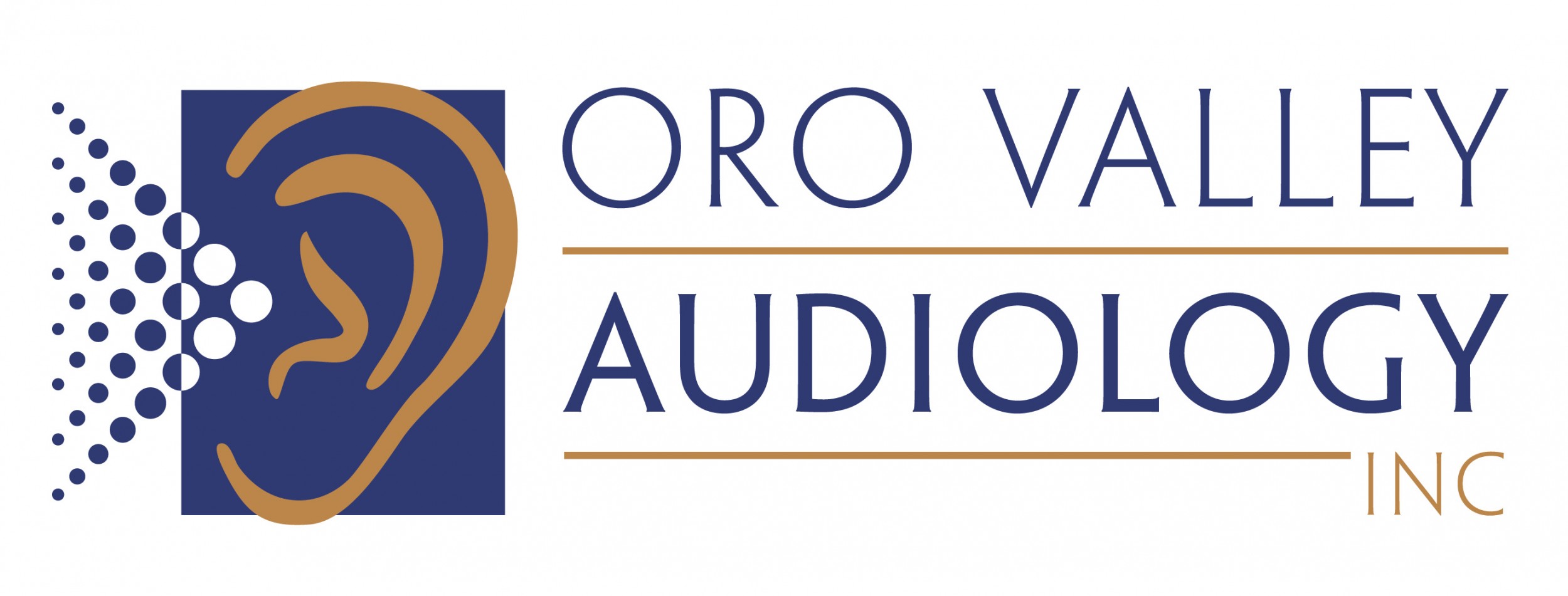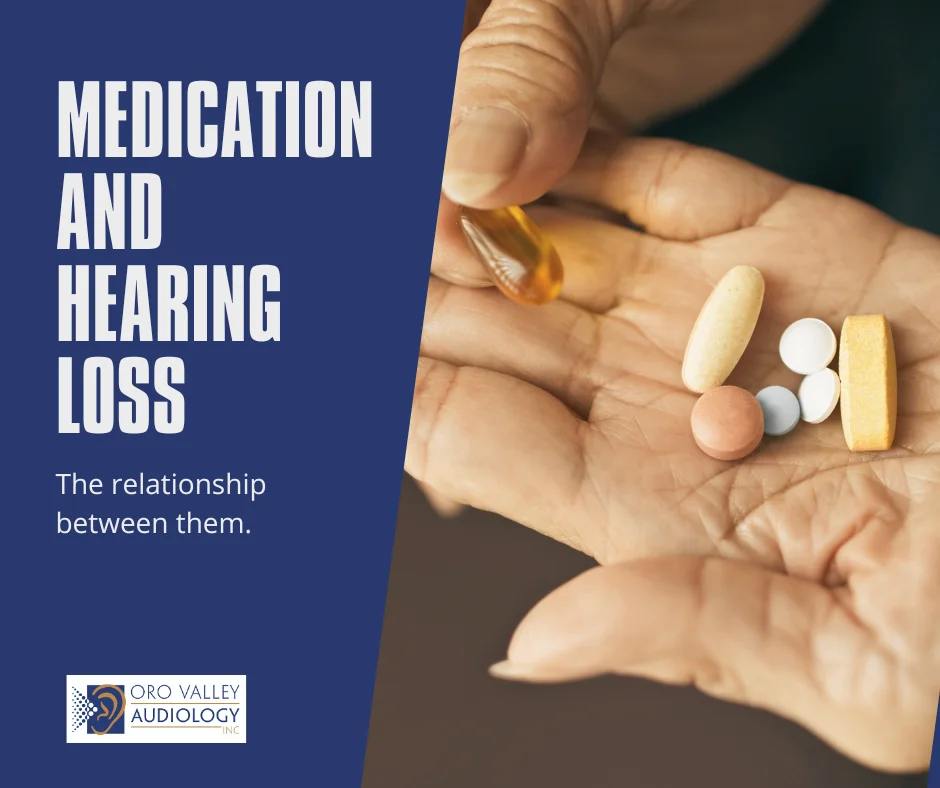It is well known that medications and various treatments can have side effects. For some medications and treatment regimens, these side effects can be ototoxic, meaning they cause a toxic reaction to the inner ear. These toxic reactions can cause hearing loss, tinnitus, and damage to the vestibular system (part of our overall balance system). When undergoing an ototoxic treatment regimen, it is important to monitor hearing and symptoms to determine if these side effects are occurring and if treatment should be altered or make a plan for rehabilitation following treatment.
Ototoxic drugs with permanent or progressive ototoxic effects include aminoglycoside antibiotics and the cancer chemotherapeutic agent cisplatin. When undergoing a treatment regimen with cisplatin or aminoglycoside antibiotics hearing should be monitored to identify concerning changes in hearing and create a treatment plan moving forward. Other drugs with known (most often temporary) ototoxic effects include salicylate analgesics, quinine, and loop diuretics.
To monitor for ototoxic effects, a baseline of your hearing should be established prior to starting treatment with these medications. A comprehensive baseline assessment will identify the softest sounds you can detect from very low pitch to very high pitch, measure the movement of your eardrum, measure contraction of middle-ear muscles, and identify the responsiveness of your outer hair cells (a part of your hearing organ). This testing will be repeated between treatments or at a regular interval determined with your audiologist and physician. If a significant change from baseline is found, you may be asked to repeat testing within 24 hours to confirm the change. When the change is confirmed, your audiologist will discuss what future audiological care may look like, as well as share results with your physician who may determine need to alter ongoing treatment. When the treatment using ototoxic drug(s) is completed, your audiologist may recommend continued monitoring at 3 months, 6 months, and 12 months post treatment completion.
In addition to monitoring hearing, an individual who is taking salicylates, aminoglycosides, and cisplatin should take extra care around loud noise. Noise exposure can increase the likelihood of the ototoxic effects of these drugs. Proper hearing protection should be used when exposed to loud noise. Regular sources of noise exposure should be discussed with your audiologist during monitoring appointments and your audiologist can assist in determining the best hearing protection for you.
This consistent monitoring of hearing can seem overwhelming. The overall goal of ototoxic monitoring is to first be informed if these side effects are taking place and second start discussing audiologic care as soon as possible if these changes were to occur. Often, the sooner a hearing concern is addressed the more successful an individual is with their hearing goals.
Resources:
American Speech-Language-Hearing Association. (1994). Audiologic management of individuals receiving cochleotoxic drug therapy [Guidelines]. Available from www.asha.org/policy.
American Academy of Audiology Position Statement and Clinical Practice Guidelines Ototoxicity Monitoring. (2009). https://audiology-web.s3.amazonaws.com/migrated/OtoMonGuidelines.pdf_539974c40999c1.58842217.pdf


